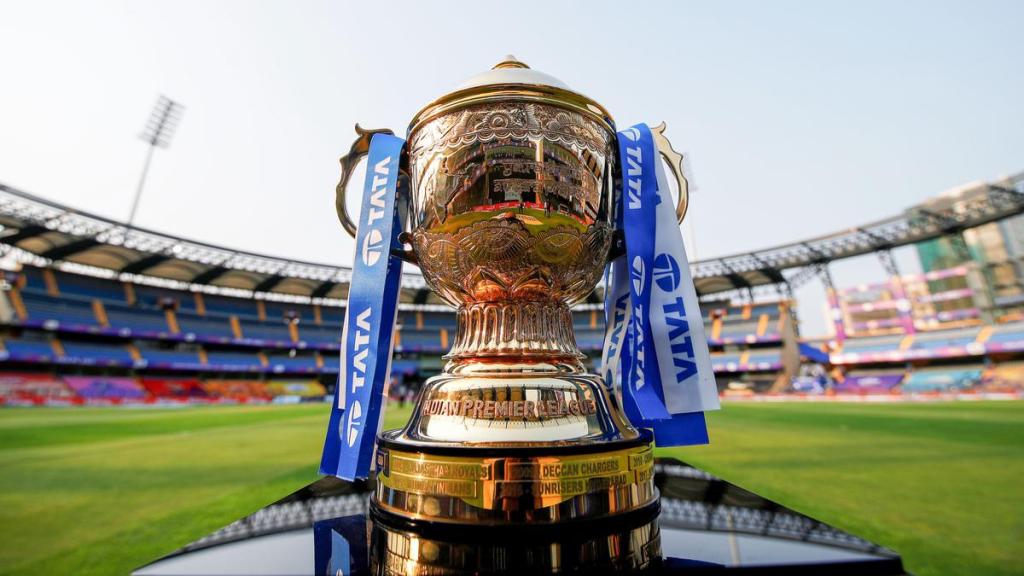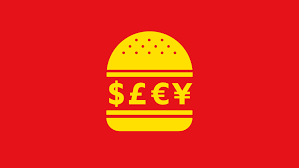‘India Ka Tyohaar’, if you are an avid cricket fan, you would have probably guessed what this article is about, just from that phrase. For those who are clueless, this article is about the Indian Premier League, or IPL, and its journey from when the first match was played way back on 18th April 2008. The Indian Premier League has changed the way cricket is played in India and has become THE platform for new players to showcase their talent.
ICL, or the Indian Cricket League, is where the IPL got its start. As India won the T20 World Cup in 2007, many people saw this as an opportunity to make something truly extraordinary. Fans adored cricket and the 20-over format in particular. The Indian cricket scene had reached new heights thanks to Dhoni’s antics. In order to take advantage of this expanding momentum, Zee Enterprises funded the Indian Cricket League, a franchise-based cricket league.
It was clear before the end of the first season that ICL lacked the backing it needed to go on. This is also understandable because it did not receive the official approval of India’s top cricket regulatory body BCCI. The BCCI eventually launched its own cricket league called the Indian Premier League, which proved to be the final nail in the coffin. They had all the resources necessary to make this one bigger, bolder, and more well-liked. The ICL quickly lost steam as a result, and in April 2008, the IPL was introduced in quite a dramatic fashion. IPL, which is run by a 7-member board, began its first auction rounds on January 24, 2008, with a total asking price of $400 million for every franchise.
The first match of IPL was played between Royal Challengers Bangalore and Kolkata Knight Riders at M Chinnaswamy Stadium in Bangalore on April 18th, 2008. IPL 1 got off to a rollicking start with KKR’s Brendon McCullum taking the RCB bowlers to the cleaners by smashing 13 sixes and 10 fours in his 73-ball 158 to power KKR to 222/3 in 20 overs. RCB in reply were bundled out for just 82 runs in 15.1 overs. This spectacular match laid the stepping stone for IPL to become the world’s most beloved and lucrative cricket league.
Since then, the IPL has been most beneficial to cricket in the nation. The IPL is a major reason for the significant improvements in player abilities, fitness, mentality, and approach to the game, as well as the caliber of Indian coaches and support staff. The IPL has also improved the versatility of Indian athletes. Younger players like KL Rahul, Rishabh Pant, and Prithvi Shaw are starting to show that they can succeed in both the IPL and test cricket simultaneously. The players are thus learning when to switch gears, how to do so, and what kind of game to play in what circumstances. It could be a mere coincidence, or the IPL could have something to do with the kind of players that are coming through to represent India. I could wager that a majority of them had a stellar IPL or two in the last 5-6 years.
With the huge amounts of money being pumped into the IPL ecosystem every season, there are an array of sources from which franchises recoup their investment. These include:
- Central pool: Broadly, it consists of broadcasting rights and central sponsorship deals, making up about 70 to 80 percent of the overall revenue of teams. The BCCI retains 50 percent of the overall central pool revenue with the remaining 45 percent being distributed equally among the franchises. The remainder is bagged by the four teams that make it to the playoffs as prize money, with the largest amount being given to the victor.
- As for sponsorship deals, Tata will pay the BCCI Rs 335 crore for being the title sponsor for the 2022 and 2023 seasons. IPL also got upwards of ₹300 crores through associate sponsorship deals from official partners, strategic time-out partners, and on-ground partners, among others.
- Team sponsorships- These are the exclusive sponsors of the franchises and not the tournament. These include shirt sponsors, radio and digital partners among others. This, however, constitutes a small percentage of the franchise’s revenue.
- Ticket sales: With 7-8 home matches every season, the ‘domicile’ franchise owner takes home an estimated 80 percent of the revenue from ticket sales with the remaining 20 percent divided between the BCCI and sponsors.
- Franchise auctions: With the tournament expanding and new teams entering the league, franchise auctions are emerging as another revenue stream for the BCCI. In 2021, the RP-Sanjiv Goenka group shelled out around $940 million to buy the new Lucknow Super Giants franchise, while the CVC capital group paid approximately $740 million for the Gujarat Titans. With the scale of the new media rights deal, some expect the BCCI to increase the number of teams from 10 to 12 by 2027.
With respect to the current edition of the tournament, the final is set to be played on 28th May at the Narendra Modi Stadium in Ahmedabad. In this past week, the quality displayed by the players and the pressure level has reached new heights. The 5 straight sixes from Rinku Singh, a nostalgic, near-perfect knock from MS Dhoni, the enthralling knock from Nicholas Pooran, and the exhilarating last-run dive from Tim David are just some of the outstanding moments we got to witness this week. Each and every team has made a fitting display and made everyone know that they are not to be taken lightly, all except DC. Moreover, good news for ICT fans with Virat Kohli and Rohit Sharma in form in the World Cup year. With the tournament entering its crucial middle stages, which team do you think will overcome the odds and pressure and cement a place for themselves in the playoffs? Who do you think will be the black horses this time around? Who do you see lifting the trophy?
– Madhav Agarwal






Leave a comment